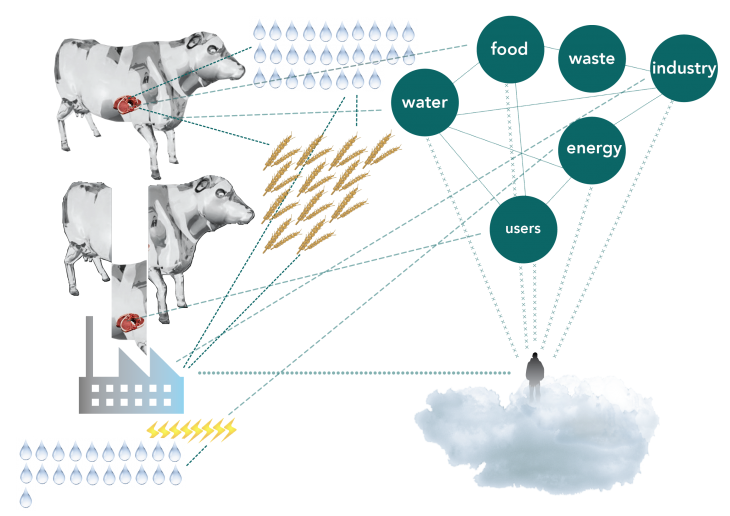

Literary and political movements necessarily cross paths and pollinate, following different routes and creating a diverse universe, in which a single and fixed origin can only be questioned. As ecotones are the ‘contact zones’ between cultures (Pratt 1991) in contexts such as migration, diaspora, refugee movements and other postcolonial displacements and environmental evacuations, ‘how do the languages, the cultural practices, the scientific knowledge, and environmental concerns meet and transform in these newly constructed ecotones?’-they ask. in an urge to explore the ‘complex chemistry’ of creolizing worlds (Cohen 1997). For the convenors of this conference, and I cite, ‘an “ecotone” may also indicate a place where two communities meet, at times creolizing or germinating into a new community.’ As they explain, this term, traditionally used in environmental studies and geography, has here been applied to postcolonial studies in disciplines such as literature, history, the arts, social and political sciences, ethnic studies, ecocriticism, etc. Ecotones are both of great environmental importance as well as being very fragile ecospheres. This could be, for example, an area of marshland between a river and the riverbank, a clearing within a forest or a much larger area’ (Thorpe 2014). In a way, the politicised Hindutva middle class regulate, control, protect what they have come to see as ‘their world’ and this is distinct from a position where subaltern groups from ecotones see themselves as part of a whole collective, one not theirs to ‘regulate’, ‘control’, or ‘protect’ but one to experience and try make sense of.ġ‘An Ecotone describes an area that acts as a transition or boundary between two ecosystems. The paper does that by exploring some of the recent politicised use of the cow and contrasting it to how ‘ecotonal societies’ have lived with nonhuman animals to argue that these engagements are linked to ways of understanding our purpose within our environment. The paper argues that the use and understanding of ‘nature’ in contemporary middle-class India contrasts with modes of engaged multi-species environmental ‘ecotones’ that have been experienced by the subaltern majority of Bengalis both in Bangladesh as well as in West Bengal. Highlighting recent debates around environmentalism and its meanings and purposes in the context of South Asia, this paper reintroduces caste and religious marginality, to critically examine the different ways people have of apprehending their environment.


 0 kommentar(er)
0 kommentar(er)
